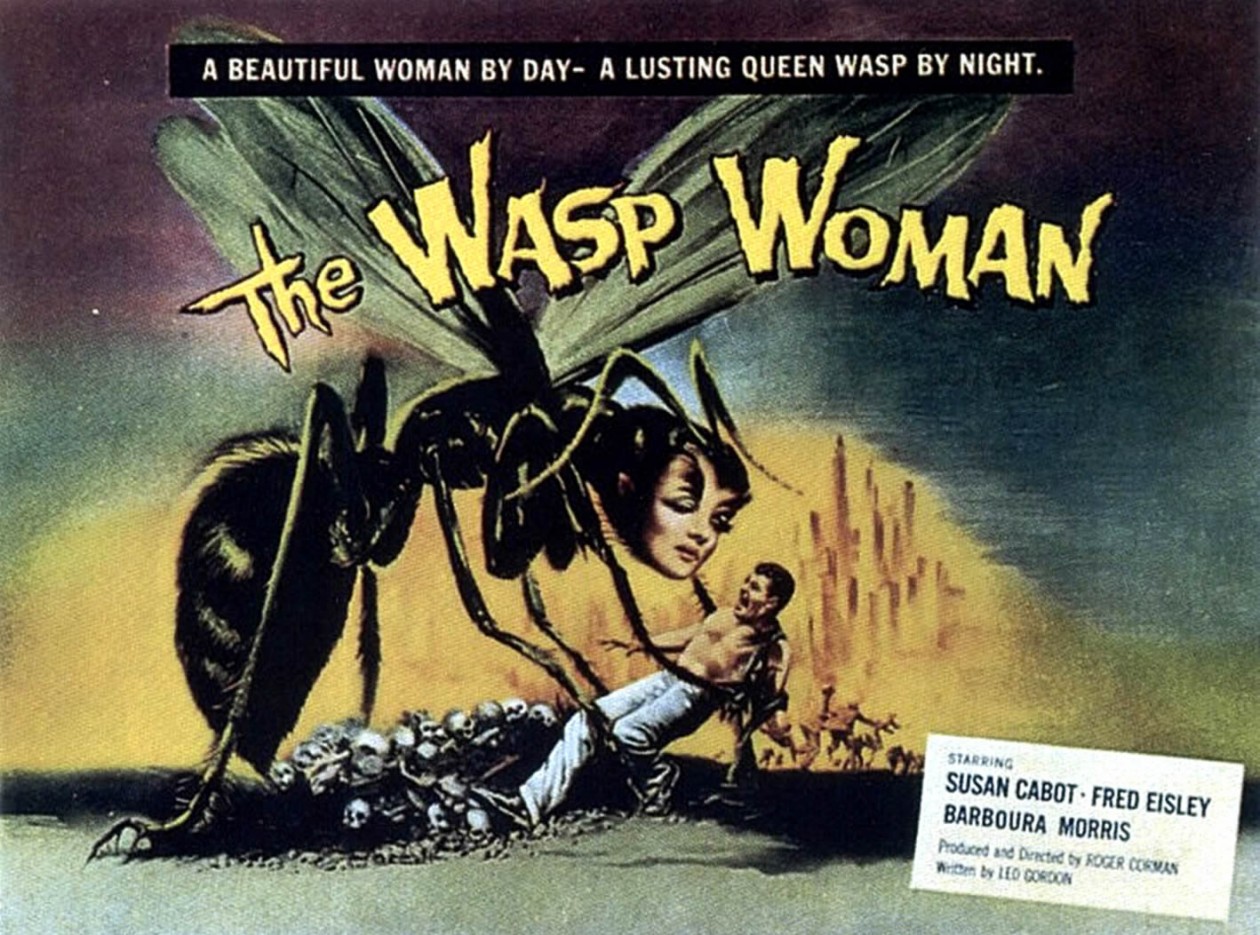- Cooper articulates in her essay that the film is an investigation of heteronormativity through a narrative that privileges female masculinity in four ways:
- by dismantling the myth of “America’s heartland”- Brandon going against the norm of America’s heartland
- problemizing heteromasculinity- John and Tom portray masculinity but the film shows that in a twisted way, making it seem bad
- by centering female masculinity- Brandon idolizes John and Tom in the beginning of the film but once he becomes infatuated by Lana, he realized he can put his own spin on masculinity
- by blurring the boundaries of female masculinity-Lana refuses to acknowledge that Brandon is biologically female but identifies as a female, which is where the boundaries got blurred
- Cooper said the director of the film, Kimberley Peirce didn’t want to just re-tell the “sensationalized” murder story of Brandon Teena. She wanted to reclaim why a girl would want to identify as a boy in the first place
- The media coverage on Brandon’s death focused almost exclusively on the fact that he was a girl passing as a boy
- New York Times film critic, Janet Masin, said “tabloid-ready tale attracted the kind of omnivorous media attention that distorts the truth beyond recognition and milks reality dry”
- Heteronormativity is constantly reinforced by the media, which depicts characters who transgress from heterosexuality as “comic, weak or evil” linking those characteristics with “criminality”
- Varied forms of female masculinity, including trans-sexuality have been seen in an unfair way
- Even scholars have shown no interest in masculinity
- The media illustrated Brandon as a threat to traditional family values, to innocent women, but most aggressively portraying him as a threat to America as a whole
- Perice captures Falls City, not as a town with hard working, simple, religious folk but rather as a dismal place with dysfunctional families, dead-end jobs, and abundant alcohol and drug use to pass the time hoping one day to escape.
- Characters surrounding Brandon in the film are alcoholic, depressed, violent and promiscuous, showing Brandons normalcy and good nature
- The film suggests Brandon as the one who isn’t “sick”
Questions:
Does Brandon being transsexual change the way we view rape?
Do you think it would’ve added to the story if we got a chance to see what Brandon was like when he was a girl? How might it have changed the film?
